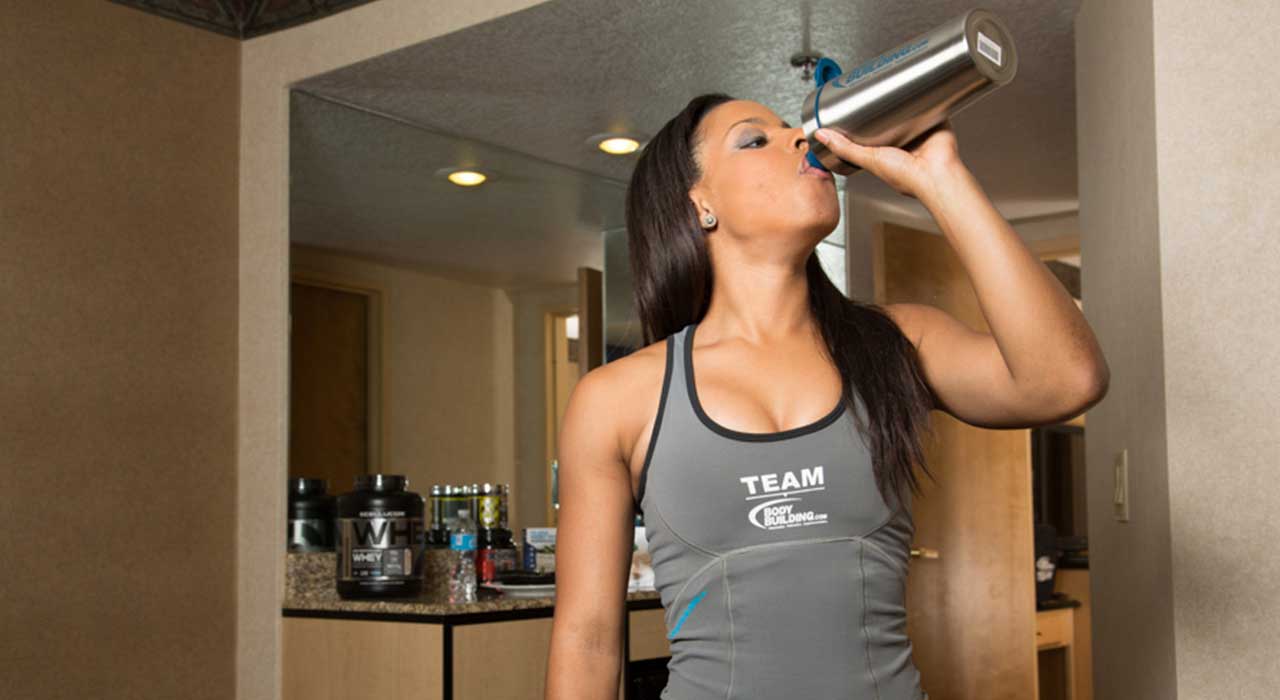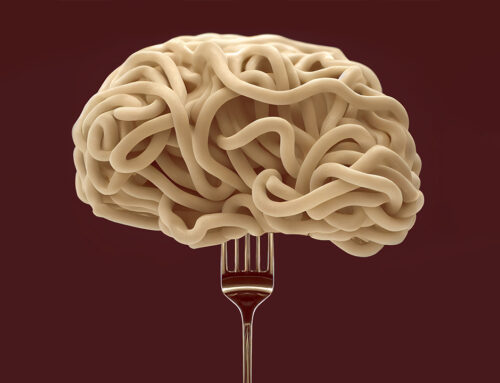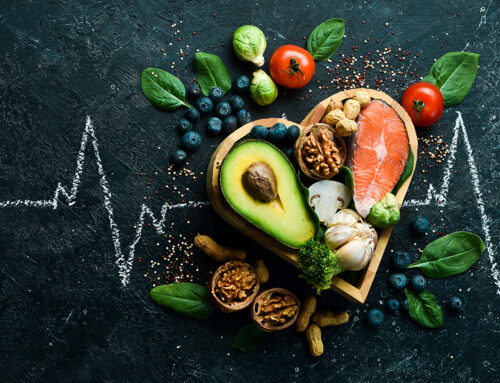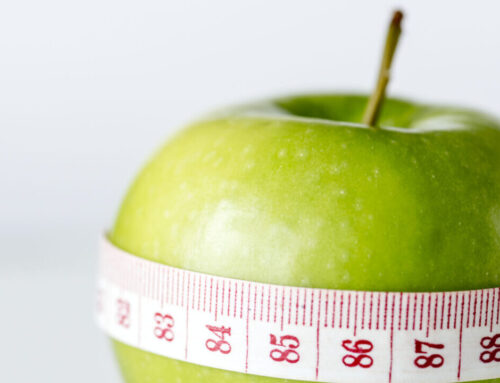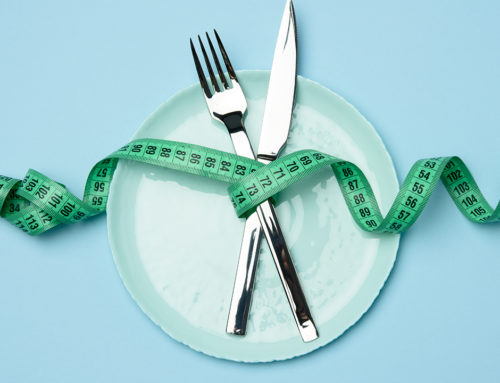The brightly colored drinks on supermarket shelves may look similar but the ratios and sugars in them will make a huge difference to your endurance performance. Here’s what to look for to get the fuel you need.
What are they made of?
Most sports drinks are loaded with some energy-yielding caffeine or glucose, but there are those that promise a dual energy source. These will give you two types of carbohydrates, namely: glucose and fructose, often in a ratio of 2:1.
Some do have some electrolytes in the form of sodium to make up for the salts you’ve lost while training. The main thing to look for is this ratio because it’ll make a huge difference to your endurance.
How do they work?
There’s no secret ingredient because most dual energy drinks work thanks to some pretty straightforward mechanisms. “They supply a higher amount of sugars than ordinary isotonic drinks, which will help spare your muscles glycogen (energy) stores and increase your endurance,” explains Anita Bean, a sports nutritionist and author of Sports Supplements.
“The combination of fructose with glucose or maltodextrin, as opposed to glucose only, allows the body to absorb the sugars more rapidly and therefore deliver them to the muscle at a faster rate than ordinary isotonic drinks.”
So if you’re powering through endurance training sessions that last up to two hours, or you’re in a race, then this will help get more energy to your working muscles so you can break through the wall.
Will it upset your guts?
The trouble with sugary drinks is they can leave you feeling a little ‘meh’ in your guts, but these dual-action drinks might be able to skirt around this problem.
“Normally your body can’t absorb more than 60g of glucose per hour during endurance exercise,” says Bean.
“Any excess sits in your stomach longer, requiring dilution before it can pass to the intestine where it is absorbed, resulting in discomfort.
“However, combining glucose with fructose means that the body can absorb more sugars per minute because each sugar has its own ‘transporter’ that takes it from the intestines to the bloodstream.”
This lets you use two transporters and get more gas in your tank without your stomach feeling like it’s doing somersaults.
What can you expect?
Since these mainstream drinks line your supermarket shelves, you can bet there’s a ton of research that’s gone into them. The most quantifiable of these studies – published in the British Medical Journal – found that when cyclists had a drink with a 2:1 combination of glucose to fructose during three hours of cycling, they recorded 8% faster times than those who drank water or glucose-only sports drinks.
So if you’re an endurance aficionado slogging away for two hours or more, then don’t limit your performance by getting a straight-up glucose drink. Rather, refuel your efforts with a combination and you’ll go for longer.
Just remember, these won’t help you if you’re going for a walk around the block or training for an hour at a time. So use them wisely to make sure you’re adding performance, and not unnecessary calories.
Find nutrition tips and more in every issue of TRAIN magazine.


